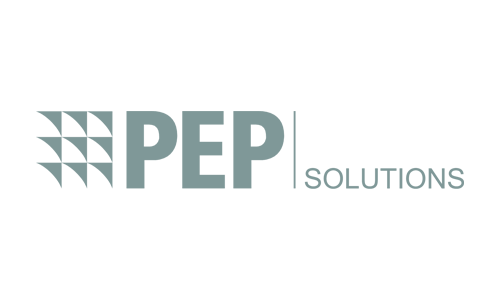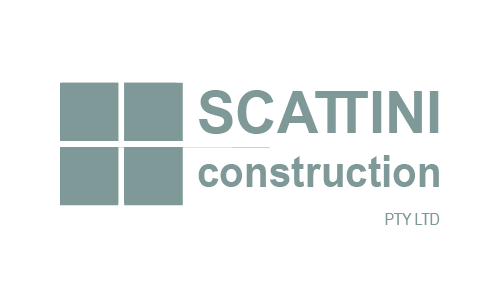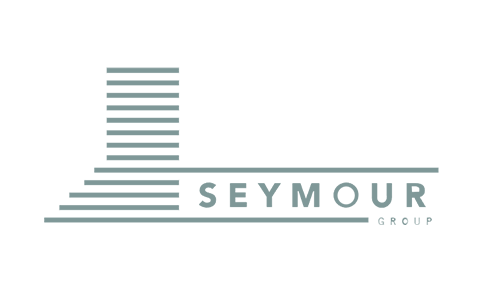nu .
Super Funds Reshape Australia’s Industrial Property Sector

Super Funds Reshape Australia’s Industrial Property Sector: Hostplus Challenges Lendlease on $2B Mandate
The Australian industrial property sector is undergoing a significant shift in fund management dynamics, following news that superannuation giant Hostplus is challenging Lendlease for control of a $2 billion industrial property mandate. The fund in question is part of the Australian Prime Property Fund (APPF) Industrial portfolio — one of the nation’s largest unlisted industrial property vehicles. Hostplus and UniSuper are now advocating for the appointment of Mirvac as the new fund manager, triggering one of the biggest plays in industrial real estate governance in years. This development is set to influence asset management strategy, fund performance expectations, and the broader direction of institutional investment in industrial property nationwide.
Why This Power Shift in Fund Management Matters for the Market
Australia’s industrial sector has become the nation’s top-performing real estate class, attracting increasing levels of institutional capital. The outcome of this dispute could signal a wider re-evaluation of who is best positioned to lead long-term growth and asset stewardship in the sector.
Hostplus and UniSuper are two of Australia’s largest and fastest-growing superannuation funds, with substantial exposure to industrial
The call to replace Lendlease with Mirvac is seen as a move to streamline performance, reduce fees, and increase alignment with investor values
If approved, this would mark a rare but significant instance of unitholders triggering a management transition in a long-standing fund
The Strategic Importance of APPF Industrial
The APPF Industrial Fund, managed by Lendlease for over two decades, controls more than 30 properties across Australia, spanning logistics, warehousing, and trade estate assets. It plays a key role in institutional exposure to industrial land and built form.
The fund holds approximately $2 billion in core industrial real estate, including strategic assets in Sydney, Melbourne, Brisbane, and Perth
Long-term leases with logistics, FMCG, and national trade tenants make the fund attractive for income-seeking institutional investors
Its assets serve as benchmarks for portfolio stability, cap rate compression, and industrial market trends
The Rise of Mirvac in Industrial Real Estate Strategy
Mirvac, once known primarily for residential and office development, has emerged as a serious player in the industrial space. Their appointment would not only shift operational control but reflect a broader endorsement of their growing logistics pipeline.
Mirvac has actively developed and acquired next-generation industrial assets with ESG, automation, and location front-of-mind
Their industrial strategy includes logistics parks, data centre-ready land, and tech-enabled warehousing precincts
Mirvac’s capital partnerships and planning foresight position them as a modern custodian of large-scale industrial portfolios
What This Means for Future Fund Structures and Manager Selection
This event could be a turning point for how institutional investors view property fund management. Active engagement, performance scrutiny, and alignment with modern mandates — particularly ESG, transparency, and digital capabilities — are now front and centre.
Super funds may seek greater transparency, governance control, and influence over strategic decisions
Traditional fund managers may need to evolve faster or face replacement, especially in performance-critical sectors like industrial
The market may see more transitions, restructures, or co-investment changes in the years ahead
Broader Impacts on Australia’s Industrial Property Sector
The ramifications extend beyond fund boardrooms. Asset sales, leasing strategy changes, and capital reallocation could follow — affecting developers, brokers, and tenants in key industrial precincts across the country.
Lendlease may need to divest certain assets or restructure fee models, impacting market supply in the short term
The transition could open new development opportunities or management roles for rival REITs and fund managers
Developers may benefit from increased capital flows into logistics, warehousing, and value-add precincts
What Investors, Developers, and Tenants Should Watch For
All stakeholders in the industrial property ecosystem should monitor how this fund battle unfolds. The outcome could influence everything from land acquisition appetite to tenancy strategy and valuation trends in tightly held markets.
If Mirvac takes over, they may review, revalue, or reposition assets, creating movement in leasing and development deals
Super fund behaviour is increasingly shaping land use decisions, planning lobbying, and portfolio diversification
Developers and landlords may need to build closer alignment with capital partners, including ESG benchmarks and digital integration
How Commercial Property Marketing Can Help
At Commercial Property Marketing, we stay ahead of global trends to help you position your property for success. Whether you’re looking to attract investors, lease assets faster, or future-proof your development, our 3D visualisations, IMs, websites, and full-stack marketing services are designed to help you capitalise on the market — no matter what the global landscape looks like.
Get a free quote
Whether you’re selling land, securing approvals, or launching a campaign — we’ll help you visualise it clearly and move faster to market. Fill out the form below and we’ll send through a free tailored quote for your next commercial or industrial development.























